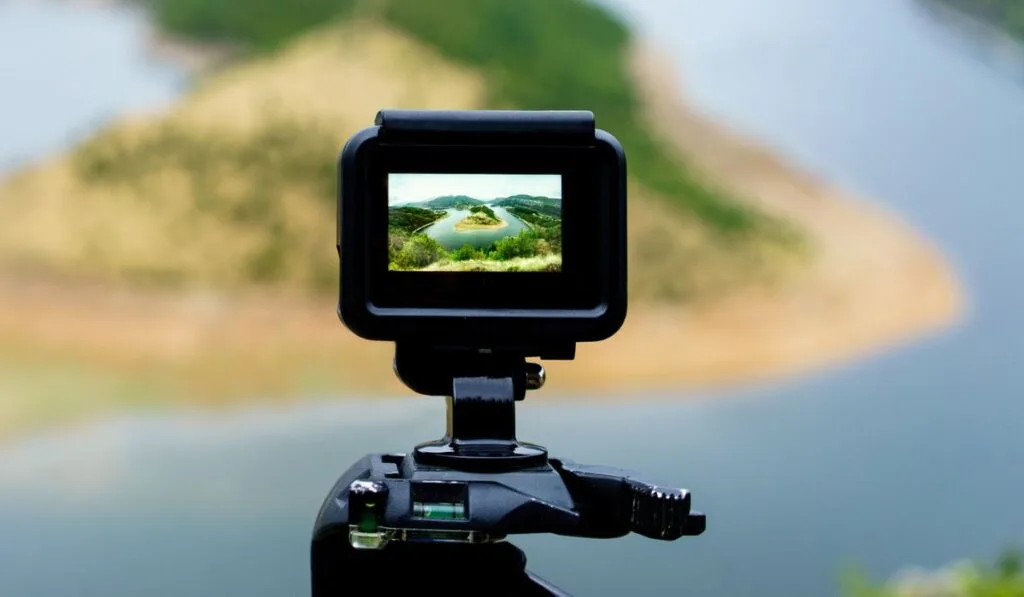How to Activate Action Camera for Professional Photographers Explained
As a professional photographer, you've likely found yourself in situations where an action camera could be invaluable. Whether you're capturing fast-paced sports, underwater adventures, or creating dynamic time-lapses, the versatility of action cameras is unmatched. But before you dive into capturing stunning shots, you need to know how to activate your action camera correctly.
In this guide, we'll go over everything you need to know about getting your action camera up and running, from the initial setup to troubleshooting common issues. Let's break down each step so that you can start shooting in no time.

Unboxing and Initial Setup
Inspect Your Gear
Before you even think about switching on your action camera, you'll want to make sure you have all the necessary components. Check the box for the camera unit, batteries, charging cables, mounting accessories, and any instructional manuals. Missing a crucial piece of equipment could mean delaying your shoot.
Powering On
Once you've confirmed that all components are present, it's time to power on your camera. Most action cameras have a power button located at the top or side. Press and hold this button for a few seconds until the device powers up. You'll know it's on when you see the startup screen or hear a beep.

Connecting to Wi-Fi and Apps
Why Wi-Fi is Essential
Wi-Fi connectivity allows you to control your camera remotely, transfer files quickly, and even stream your footage live. This is particularly useful for professional photographers who need to manage their workflows efficiently.
Setting Up Wi-Fi
To connect your action camera to Wi-Fi, navigate to the settings menu on the camera's interface. From there, select Wi-Fi setup, and follow the on-screen instructions to connect to your wireless network. You may also need to download the manufacturers app to control your camera remotely.
For a more in-depth guide, check out this article.

Adjusting Settings for Optimal Performance
Resolution and Frame Rate
One of the most crucial settings you'll need to adjust is the resolution and frame rate of your footage. Higher resolutions like 4K are ideal for capturing fine details but will use more storage space and battery life. A balance between resolution and frame rate will yield the best results for your specific shooting scenario.
Battery Management
Professional photographers must be vigilant about battery management. Make sure to carry extra batteries and charge your primary battery fully before heading out. Some action cameras also support external battery packs for extended shooting sessions.
To delve deeper into battery management, visit this resource.

Mounting and Placement Tips
Choosing the Right Mount
The right mount for your action camera depends on your shooting environment. Whether you're attaching the camera to a helmet, bike, or underwater housing, ensure that the mount is secure and compatible with your camera model. For example, helmet mounts are perfect for POV shots, while tripod mounts offer stability for stationary shooting.
Setting Up the Mount
Securely attach the mount using the provided accessories. Double-check all screws and fastenings to ensure stability. A shaky mount can ruin your footage, making it appear blurred or jittery.
For more tips, read how to mount an action camera on your head.
Troubleshooting Common Issues
Overheating
Action cameras can overheat during prolonged use, especially in high-resolution settings. If you notice your camera getting too hot, switch it off, and allow it to cool down. Consider using a heat sink or placing the camera in a cooler environment if overheating persists.
File Transfer Problems
Issues with transferring files can be particularly frustrating. Ensure that your camera is properly connected to your computer and that you have the necessary drivers installed. If problems persist, try using a different USB cable or port. For a step-by-step guide on file transfers, see this article.
Pro Tips for Professional Photographers
Utilizing Different Shooting Modes
Most action cameras come with various shooting modes, including time-lapse, slow motion, and burst modes. Learn to use these modes to capture dynamic and exciting footage that will enhance your portfolio.
Editing Your Footage
Editing is as crucial as the shooting itself. Use professional editing software to enhance colors, stabilize footage, and add effects. This will ensure that your final product meets the highest standards of quality.
Check out how to use Fitfort action camera for more tips.
FAQs
Can I use my action camera in extreme weather conditions?
Most modern action cameras are built to withstand harsh conditions, including extreme cold and heat. However, always check the manufacturer's guidelines to ensure your specific model is rated for such environments.
How do I ensure my footage is stable?
Using a gimbal or electronic stabilization features can help stabilize your footage. Additionally, ensure that your mount is securely fastened to minimize vibrations.
Do I need special software to edit action camera footage?
While most action cameras come with basic editing software, professional photographers often use advanced programs like Adobe Premiere Pro or Final Cut Pro for more comprehensive editing capabilities.
For more beginner tips, visit this external link.
As an Amazon Associate, I earn from qualifying purchases.

